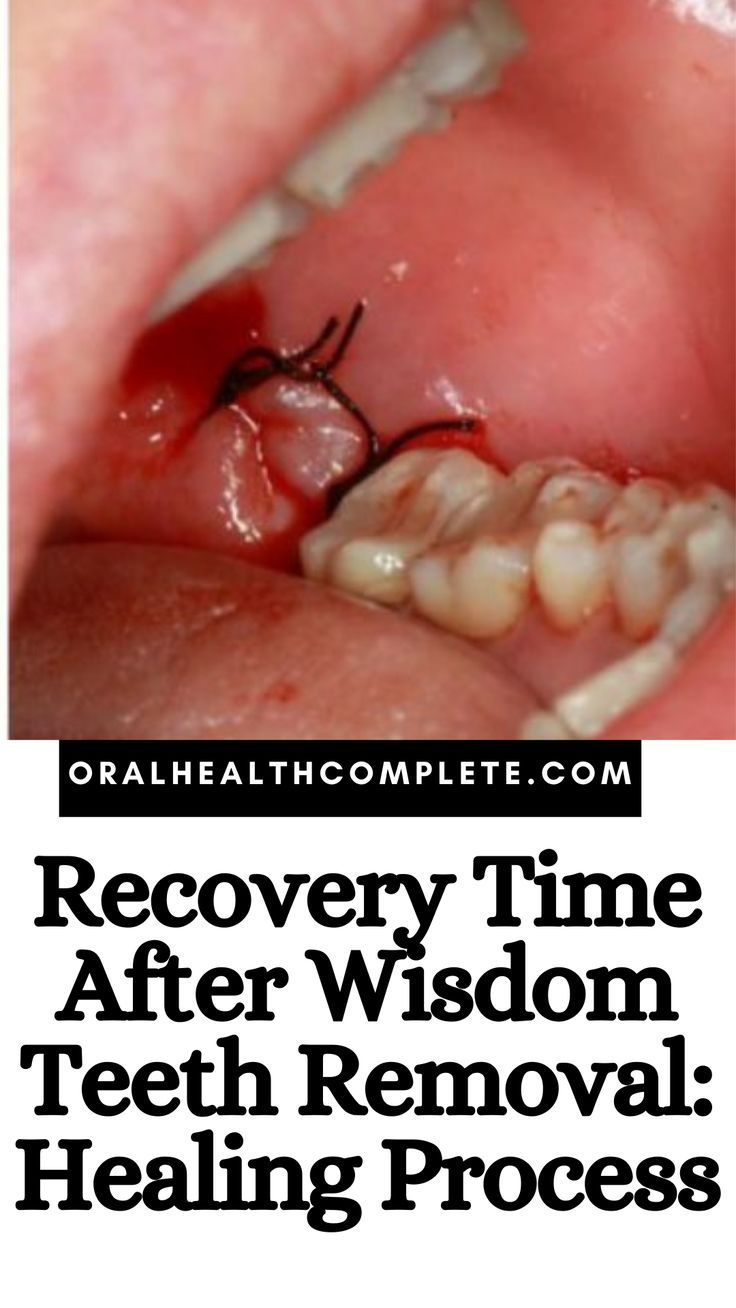Tomato Stain Teeth: How To Prevent
The vibrant flavor and rich color of tomatoes make them a staple in many cuisines around the world. However, the Same compounds that give tomatoes their deep red hue, particularly lycopene, can also leave unsightly stains on teeth. These stains can be both embarrassing and challenging to remove, affecting not just the aesthetics of one’s smile but also potentially influencing self-confidence and overall oral health.
Understanding the phenomenon of tomato stains on teeth begins with the chemistry behind these stains. Lycopene, a carotenoid pigment found abundantly in tomatoes, is highly lipophilic (fat-soluble) and can easily bind to tooth enamel. This binding process is facilitated by the slight acidity of tomatoes, which can temporarily soften tooth enamel, making it more susceptible to staining. The combination of lycopene’s strong pigmentation and the acidity of tomatoes creates a perfect storm for dental discoloration.
Preventing Tomato Stains: Strategies for a Healthier Smile
Preventing tomato stains requires a multi-faceted approach, combining good oral hygiene practices, dietary adjustments, and the use of specific oral care products designed to mitigate staining.
1. Regular Oral Hygiene
Maintaining rigorous oral hygiene is the first line of defense against tomato stains. This includes brushing teeth at least twice a day with a fluoride toothpaste and flossing once a day to remove any food particles that might be lodged between teeth. Special attention should be paid to the areas where teeth and gums meet, as these are common sites for stains to develop.
2. Dental Cleaning
Regular dental cleanings are crucial for the removal of tartar and plaque, which can harbor stains. A professional cleaning can help maintain the health and appearance of teeth, reducing the risk of discoloration.
3. Rinsing with Water
After consuming tomatoes or tomato-based products, rinsing the mouth with water can help dilute the acidity and reduce the concentration of lycopene that comes into contact with teeth. This simple practice can significantly lower the risk of staining.
4. Using a Straw
When drinking tomato juice or other acidic beverages, using a straw can minimize contact between the liquid and teeth, thereby reducing the risk of stains.
5. Dietary Modifications
While it’s not necessary to completely eliminate tomatoes from the diet, being mindful of consumption levels and balancing tomato intake with other foods can help mitigate staining. Eating crunchy fruits and vegetables like apples and carrots after meals can help clean teeth naturally due to their abrasive texture.
6. Oral Care Products
Utilizing toothpaste and mouthwashes that are specifically designed to prevent or remove stains can be highly effective. These products often contain mild abrasives and chemical agents that can help neutralize acid and remove pigment from teeth without damaging the enamel.
Advanced Strategies for Stubborn Stains
For individuals dealing with stubborn stains that have already formed, there are several advanced strategies that can be employed:
1. Professional Teeth Whitening
Professional teeth whitening treatments can be an effective solution for removing stubborn stains. These treatments use specialized bleaching agents that can penetrate tooth enamel and dentin to remove deep-seated stains.
2. At-Home Whitening Kits
For those preferring a more DIY approach, at-home teeth whitening kits are available. These kits usually contain trays or strips coated with a bleaching agent. While they may not be as effective as professional treatments, they can still offer significant improvement when used correctly.
3. Dental Veneers
In cases where stains are particularly resistant to removal, dental veneers may be considered. Veneers are thin layers of porcelain or composite resin that are bonded to the front of teeth, completely covering any discoloration.
Conclusion
The prevention and removal of tomato stains on teeth require a proactive approach, combining regular oral hygiene practices, dietary awareness, and the strategic use of oral care products. By understanding the causes of these stains and implementing effective prevention and treatment strategies, individuals can enjoy their favorite tomato-based dishes without worrying about the aesthetic impact on their teeth. A healthy, vibrant smile is not just a matter of personal confidence; it’s also a reflection of overall health and well-being, making the effort to prevent and address tomato stains a worthwhile investment in one’s quality of life.
How do I remove tomato stains from my teeth immediately after they appear?
+Rinsing your mouth with water as soon as possible can help. Additionally, brushing your teeth gently with a fluoride toothpaste and using a mouthwash designed to combat stains can be beneficial. However, for deep-seated stains, professional dental cleaning or whitening treatments may be necessary.
Can I prevent tomato stains by using any specific toothpaste?
+Yes, using a toothpaste that is specifically formulated to prevent or remove stains can help. These toothpastes often contain mild abrasives and chemical agents designed to neutralize acid and remove pigment from teeth. Look for products with the ADA Seal of Acceptance, which indicates they have met standards for safety and effectiveness.
How often should I visit my dentist to prevent and address tomato stains?
+Regular dental check-ups are crucial for maintaining oral health and addressing any staining issues early on. The American Dental Association recommends visiting your dentist at least twice a year for routine cleanings and exams. However, if you notice persistent staining or other oral health concerns, you should schedule an appointment sooner.

